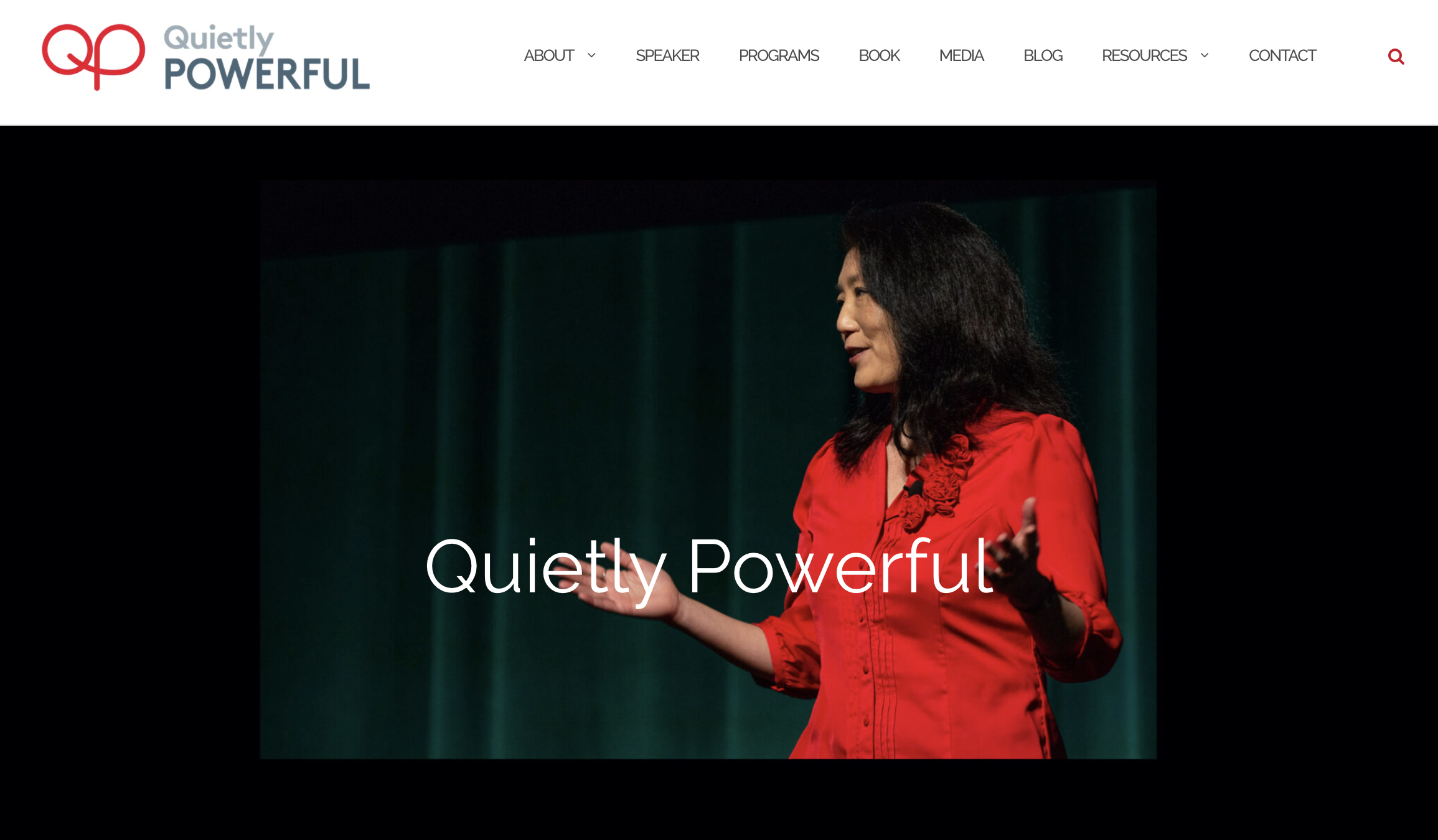My Blog
The economic case for realising potential of the marginalised
- Details
- Posted: 19 October 2015
When a person or groups of people are marginalised and are unable to realise their potential, they suffer, but it also costs the entire group. My last article, Stop focusing on diversity as a compliance issue, explained the missed opportunities for leaders and organisations who do not attract and leverage diverse talent.
A similar pattern can be seen in a different context – that there is an economic case for realising the potential of the marginalised.
Did you know that in a small, developed country like Australia, 3 million people (17% of population) are financially excluded (Measuring financial exclusion in Australia 2014, Centre for Social Impact for NAB)? That is, they are excluded from mainstream financial services such as credit cards, personal loans and general insurance. I imagine many of us take the privilege of access to mainstream financial services for granted. I did, until working with my client, Good Shepherd Microfinance.
Many of these financially excluded people are low income earners. Many in full or part time and casual employment are excluded. They are the ‘working poor’ who cannot afford or be accepted for mainstream financial services. Many are unable to replace their fridges when they break, may not have a car or have cars they cannot insure. Under such financial pressure they fall prey to pay day lenders and consumer leases where the total cost of the loan/lease are significantly higher than mainstream loans. Often they get trapped.
Microfinance, along with financial literacy education, enables people to regain control of their finances to define and realise their own economic wellbeing and to feel valued and in control of their finances and lives.
Strategic Project Partners, in their report Microfinance, Inclusion and Economic Impact 2014, estimated that if just 7 per cent of financially disadvantaged Australians were able to improve their wealth position, the nation’s annual gross domestic product (GDP) could increase by as much as $19.7 billion. The 7 per cent contribute to GDP through increased net worth, consumption, employment and productivity as well as reduced government spending on welfare, health and criminal justice. Financial inclusion, therefore, is not just a social and fairness issue, it is an economic issue and opportunity. Realising potential of the excluded or marginalised benefits the whole.
While organisational and social issues are not the same and the contexts are different, I thought I’d share what I have learned.
Related articles:
Watch for power dynamics beyond hierarchy and positional power
How much and how often do you hold yourself back?
Are you unlocking or locking up the dormant talent in your team?
I am celebrating the launch of my book – Start Inspiring, Stop Driving – in digital format by committing to donate all profits from book sales in October and November 2015 to my wonderful client, Good Shepherd Microfinance. The book is available for purchase HERE in physical and digital formats.
Good Shepherd Microfinance is a leading not-for-profit microfinance provider in Australia, offering no or low interest loans and other financial services to people who are excluded from mainstream financial services.


